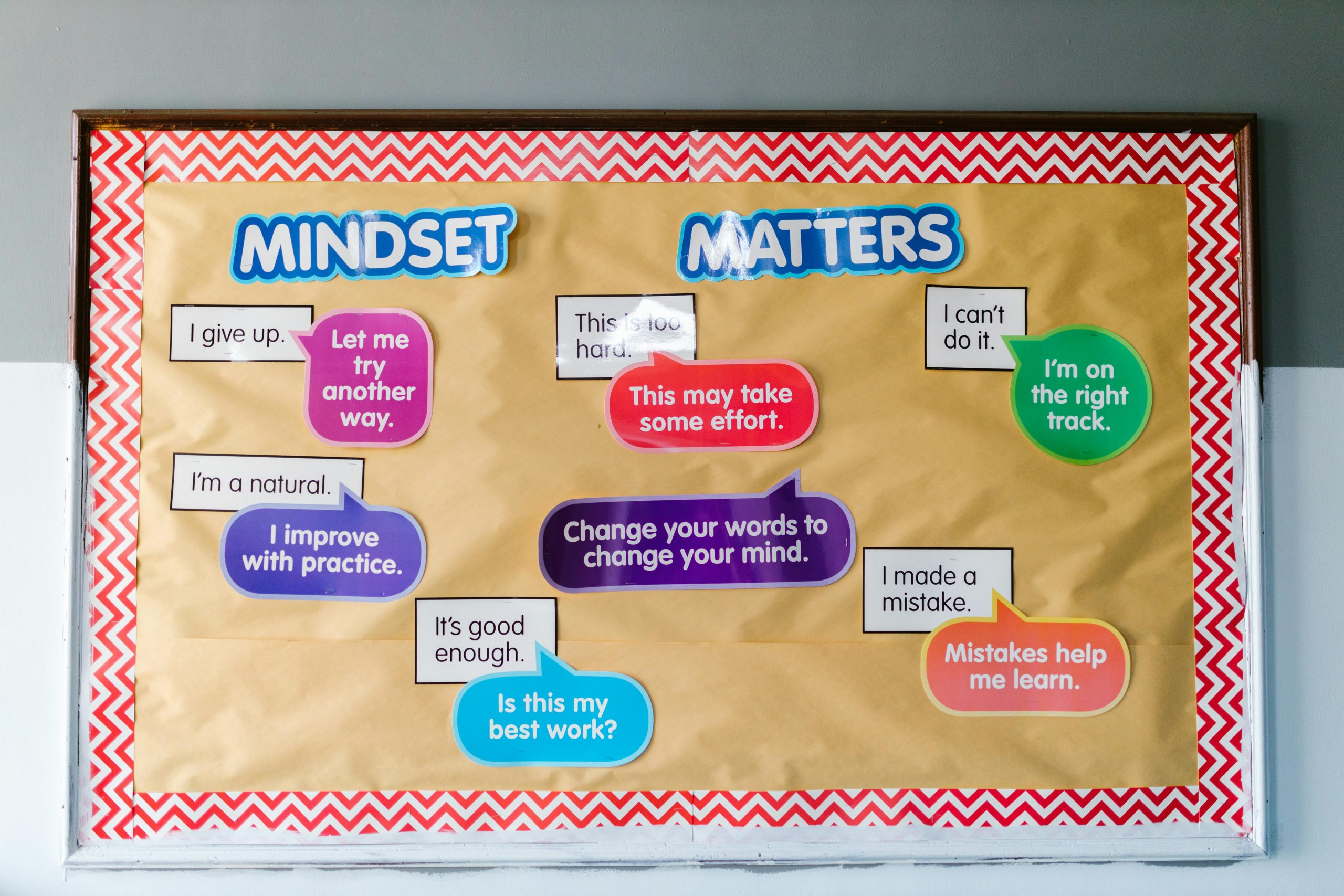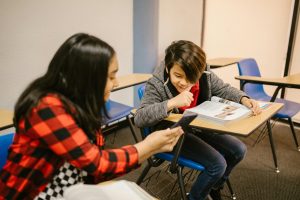From passive listeners to active participants: engaging every student
The traditional classroom setting has often been characterized by passive listening on the part of students. In this model, the teacher lectures, and the students listen, taking notes and completing assignments as directed. While this approach may have worked for previous generations, research has shown that it is not the most effective way to engage students and facilitate their learning. In today’s fast-paced, multimedia-driven world, it is more important than ever to actively engage students in the learning process. In this article, we will explore the importance of transitioning from passive listeners to active participants in the classroom and discuss strategies for engaging every student.
What is Passive Listening?
Passive listening is a learning style in which students listen to a lecture or presentation without actively participating in the learning process. This form of listening is often associated with taking notes, completing worksheets, or answering questions at the end of the lesson. In this traditional model, the teacher is viewed as the authority and students are expected to absorb the information presented without questioning or critically engaging with the material.
The Problem with Passive Listening
While passive listening may have been the norm in the past, recent studies have shown that it is not an effective way to engage students and facilitate their learning. This is because passive listening does not actively engage students in the learning process, which can lead to disinterest and disengagement. Research has shown that students who are actively involved in their education are more likely to develop critical thinking skills, retain information, and have a better understanding of the subject matter.
Disengagement and Boredom
One of the main drawbacks of passive listening is that it can lead to disengagement and boredom in the classroom. When students are not actively involved in the learning process, they are more likely to become distracted and lose interest in the subject matter. This can lead to lower levels of motivation and decreased academic performance.
Lack of Critical Thinking
Passive listeners are not actively engaging with the material, which means they are not being challenged to think critically and ask questions. This can hinder their ability to develop critical thinking skills, which are essential for academic success and personal growth. When students are encouraged to actively participate in the learning process, they are more likely to think critically and develop a deeper understanding of the subject matter.
Poor Retention of Information
When students are passively listening, they are not actively processing and engaging with the information being presented. This can result in poor retention of the material, as they are simply trying to absorb information without truly understanding it. On the other hand, when students are actively participating in the learning process, they are more likely to retain information and have a deeper understanding of the material.
The Benefits of Active Participation
Active participation in the classroom has numerous benefits for students and teachers. When students are actively engaged in the learning process, they are more likely to develop critical thinking skills, retain information, and have a better understanding of the subject matter. Here are some of the key benefits of engaging every student:
Increased Engagement and Motivation
When students are actively participating in the learning process, they are more likely to be engaged and motivated to learn. This can lead to increased levels of participation and improved academic performance. When students are actively engaged, they are more likely to be excited about learning and take an active role in their education.
Developing Critical Thinking Skills
By encouraging active participation, teachers can help students develop critical thinking skills that are essential for academic success and personal growth. When students are actively involved in the learning process, they are more likely to analyze and evaluate information, think creatively, and develop new ideas.
Improved Retention of Information
Active participation requires students to actively engage with the material, which can lead to better retention of information. When students are actively involved, they are more likely to remember the information presented and have a deeper understanding of the subject matter.
Strategies for Engaging Every Student
Engaging every student in the classroom can be challenging, especially when teaching a diverse group of learners. Here are some strategies that teachers can use to actively involve all students in the learning process:
Implement Active Learning Techniques
Active learning techniques, such as group work, class discussions, and hands-on activities, are effective ways to engage students and encourage them to actively participate in the learning process. These techniques not only keep students engaged but also help them develop critical thinking skills.
Encourage Questions and Discussion
Creating a safe and supportive classroom environment where students feel comfortable asking questions and participating in discussions can go a long way in engaging them in the learning process. Teachers should encourage students to ask questions and share their thoughts and opinions. This not only promotes active participation but also helps students develop critical thinking and communication skills.
Use Multimedia and Technology
In today’s digital age, students are exposed to a variety of multimedia and technology on a daily basis. Teachers can use this to their advantage by incorporating multimedia and technology into their lessons. This can make the learning process more interactive and engaging for students.
Conclusion
In today’s fast-paced, multimedia-driven world, it is essential to transition from passive listeners to active participants in the classroom. This not only benefits students by increasing their engagement, motivation, and critical thinking skills but also helps teachers create a more dynamic and collaborative learning environment. By implementing strategies to actively involve every student in the learning process, teachers can help them become active participants in their education, leading to academic success and personal growth.










